The medical industry is a cornerstone of society, safeguarding the health and well-being of individuals and communities. In such a critical sector, effective communication is not just a convenience but a necessity—often a matter of life and death. For the Deaf and Hard of Hearing (D/HoH) community, American Sign Language (ASL) interpretation plays a pivotal role in bridging communication gaps, ensuring that every patient receives equitable care. This newsletter explores the indispensable value of ASL interpretation in healthcare and why it must be prioritized.
Addressing Communication Barriers
In the United States, approximately 1 million individuals use ASL as their primary language. For many in the D/HoH community, written or spoken English may not be their first language, creating significant challenges during medical appointments. Miscommunication in a healthcare setting can lead to:
Inaccurate Diagnoses: Without clear communication, patients may struggle to explain symptoms or medical history accurately.
Non-Adherence to Treatment Plans: Patients might misunderstand prescribed treatments, leading to improper medication usage or follow-up care.
Increased Stress and Anxiety: Navigating complex medical terminology without support can amplify fear and confusion during health crises.
Professional ASL interpreters mitigate these barriers, ensuring that patients and providers communicate effectively, fostering trust and clarity.
Legal and Ethical Obligations
Under the Americans with Disabilities Act (ADA) and Section 504 of the Rehabilitation Act, healthcare providers are legally required to provide reasonable accommodations, including qualified ASL interpreters, to ensure effective communication. Non-compliance can result in:
Legal Penalties: Lawsuits and financial penalties for failing to provide adequate accommodations.
Reputational Damage: Negative perceptions from the community and potential loss of trust from patients.
Beyond legal obligations, healthcare providers have an ethical duty to ensure that all patients receive equitable care, regardless of language barriers. Investing in ASL interpretation demonstrates a commitment to inclusivity and respect.
Enhancing Patient Outcomes
Research consistently shows that effective communication improves health outcomes. For the D/HoH community, having access to ASL interpreters can lead to:
Better Preventative Care: Clear explanations of health risks and lifestyle changes empower patients to make informed decisions.
Improved Chronic Disease Management: Regular and accurate communication helps patients manage conditions like diabetes or hypertension more effectively.
Higher Patient Satisfaction: Patients who feel understood and respected are more likely to trust their healthcare providers and adhere to treatment plans.
Overcoming Industry Challenges
While the benefits of ASL interpretation are evident, the medical industry faces several challenges in implementing these services:
Shortage of Qualified Interpreters: The demand for certified ASL interpreters often exceeds supply, particularly in rural areas.
Cost Concerns: Smaller practices may perceive interpreter services as financially burdensome, despite their legal necessity.
Technological Barriers: While Video Remote Interpreting (VRI) can be a solution, it requires reliable internet connections and appropriate equipment, which are not always available.
Solutions and Best Practices
To address these challenges, healthcare providers can adopt several strategies:
Partner with Interpretation Services: Collaborating with agencies specializing in ASL interpretation ensures access to qualified professionals.
Leverage Technology: Invest in VRI systems to provide immediate access to interpreters, especially during emergencies.
Staff Training: Educate healthcare staff on the importance of ASL interpretation and how to work effectively with interpreters.
Advocacy and Policy Development: Advocate for increased funding and policies that support interpreter training programs and accessibility initiatives.
The Human Impact
Beyond statistics and legal requirements, the importance of ASL interpretation is most vividly illustrated through the personal experiences of patients. Consider the story of a Deaf mother who required an emergency C-section. With an ASL interpreter present, she could fully understand the procedure, communicate her concerns, and advocate for her preferences. This not only ensured her physical safety but also provided emotional reassurance during a critical moment.
A Call to Action
By prioritizing ASL interpretation, the medical industry can move closer to a future where equitable care is a reality for all—a future where no patient is left unheard or misunderstood. The time to act is now.


